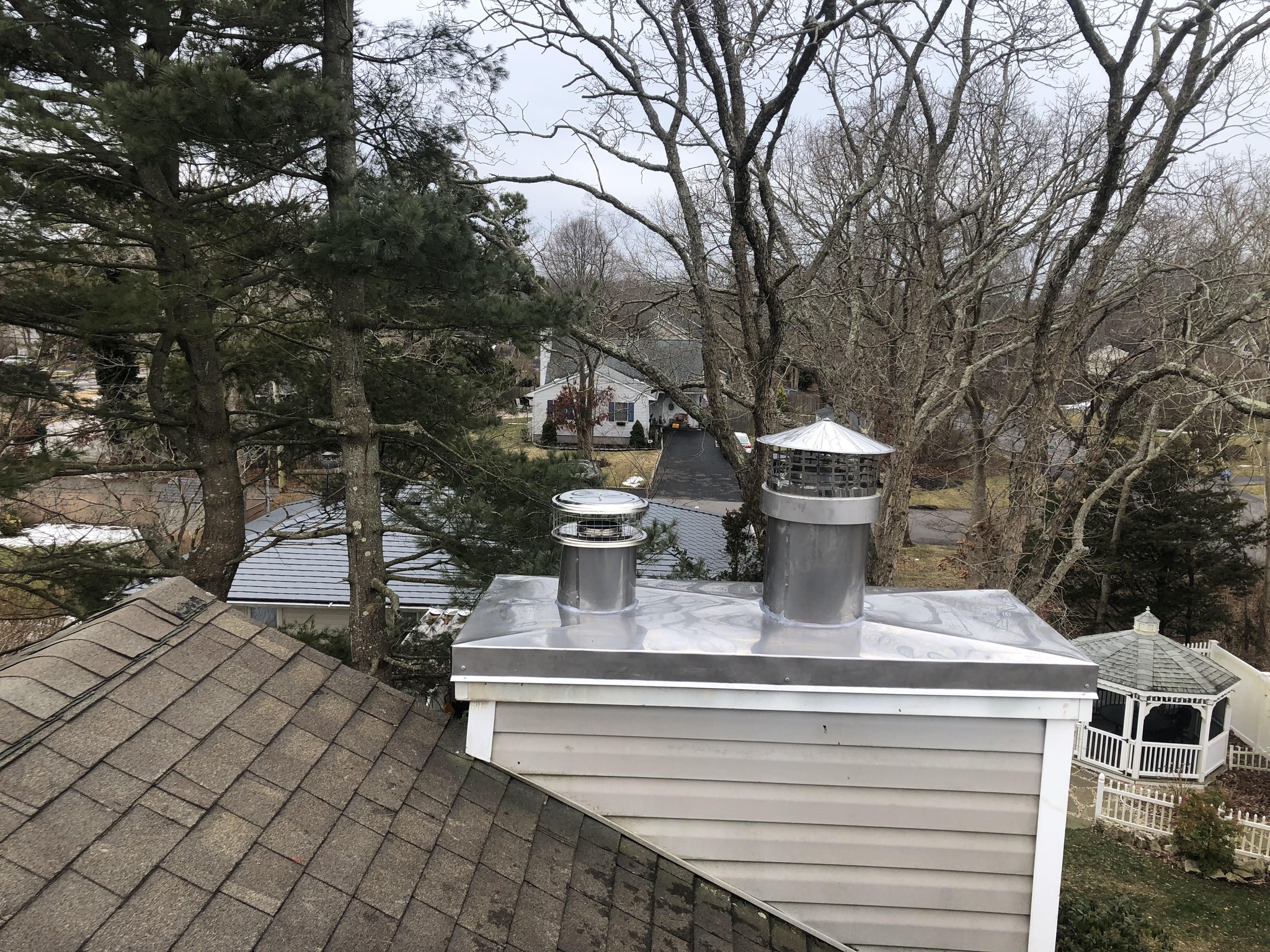
Chimney Safety 101: Importance of Regular Inspections and Maintenance
Understanding Chimney Systems
Chimneys have stood as a cornerstone of warmth and comfort in our homes for centuries, offering a cozy retreat during chilly evenings and serving as a gathering point for families and friends. Yet, alongside their charm, chimneys harbor potential risks if not properly maintained. Understanding the intricate workings of chimney systems is paramount to ensuring safety and longevity in your home.
A chimney consists of various components, each playing a crucial role in its functionality. The flue acts as a conduit for smoke and gasses to escape, while the liner provides protection against heat transfer to combustible materials. The crown, perched atop the chimney, shields it from water damage, while the damper regulates airflow. Finally, the chimney cap serves as a barrier against debris and wildlife intrusion.
The Importance of Regular Inspections
Regular chimney inspections serve as the cornerstone of preventive maintenance, offering a proactive approach to safety and functionality. Here’s why they are indispensable:
Identifying Structural Issues:
Chimneys endure the brunt of harsh weather conditions, leading to wear and tear over time. Cracks, gaps, and deterioration in mortar joints can compromise the structural integrity of the chimney, posing safety hazards. Routine inspections allow for the early detection of these issues, mitigating potential risks.
Detecting Creosote Buildup:
Creosote, a byproduct of combustion, accumulates within the chimney flue with each use. This highly flammable substance poses a significant fire hazard if left unchecked. Inspections reveal the extent of creosote buildup, prompting timely cleaning measures to prevent chimney fires.
Preventing Carbon Monoxide Poisoning:
A blocked or malfunctioning chimney can impede the proper venting of gases, leading to the accumulation of carbon monoxide within the home. This odorless, colorless gas poses a severe health risk, necessitating vigilant inspection to ensure adequate ventilation and airflow.
Types of Chimney Inspections
Chimney inspections are categorized into three levels, each tailored to address specific needs:
Level 1 Inspection:
Recommended annually for chimneys in regular use and good condition, Level 1 inspections entail a basic assessment of accessible components, ensuring compliance with safety standards.
Level 2 Inspection:
More comprehensive in scope, Level 2 inspections encompass a detailed examination of both the interior and exterior of the chimney, as well as accessible portions of the heating appliance. They are advised for real estate transactions, post-chimney fire assessments, or significant alterations to the chimney system.
Level 3 Inspection:
Reserved for situations warranting thorough investigation, Level 3 inspections delve into concealed areas of the chimney, often necessitating the removal of components for a comprehensive assessment of potential hazards.
The Importance of Maintenance
In addition to inspections, regular maintenance is paramount to preserving the functionality and safety of your chimney system:
Chimney Cleaning:
The removal of creosote buildup and debris is essential for maintaining optimal airflow and preventing chimney fires. Professional chimney sweeps employ specialized tools and techniques to ensure thorough cleaning while minimizing disruption.
Repairing Damaged Components:
Cracked flue liners, deteriorating mortar, and damaged chimney caps compromise the structural integrity of the chimney, rendering it susceptible to water infiltration and heat transfer. Timely repairs mitigate further damage, prolonging the chimney’s lifespan and efficacy.
Waterproofing:
Chimneys are exposed to the elements, making them vulnerable to moisture intrusion and subsequent deterioration. Applying a waterproof sealant to the exterior of the chimney forms a protective barrier, safeguarding against water damage and extending its longevity.
DIY vs. Professional Maintenance
While some maintenance tasks can be performed by homeowners, such as routine visual inspections and clearing debris from the chimney cap, certain tasks require the expertise of certified professionals. Entrusting chimney inspections and cleaning to qualified technicians ensures thoroughness and adherence to safety protocols, minimizing risks and ensuring peace of mind.
Conclusion
In conclusion, chimney safety is paramount for homeowners with a fireplace or wood-burning stove. Regular inspections and maintenance serve as proactive measures against potential hazards, preserving both property and personal safety. By prioritizing chimney safety, you can enjoy the warmth and ambiance of your fireplace with confidence and peace of mind.
Remember, investing in chimney safety is an investment in the well-being of your home and loved ones. Schedule your annual chimney inspection today and embark on a journey towards a safer, cozier home environment.
Stay safe, stay warm!
We’re a Long Island Roofing Company faithfully serving Nassau and Suffolk County New York and surrounding areas. When it’s time to replace or repair your roof, you can count on Sunrise Roofing & Chimney to get the job done! (855) 339-6009.